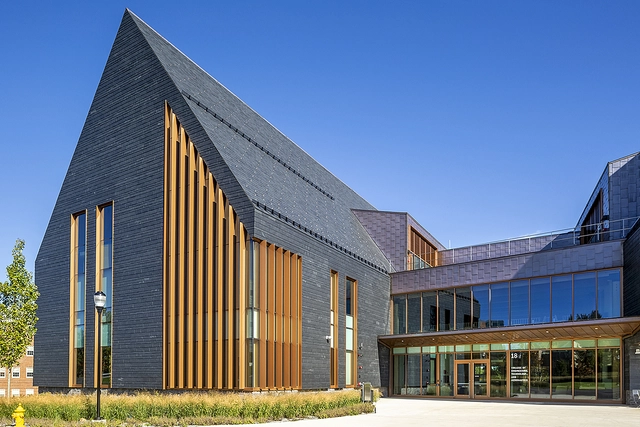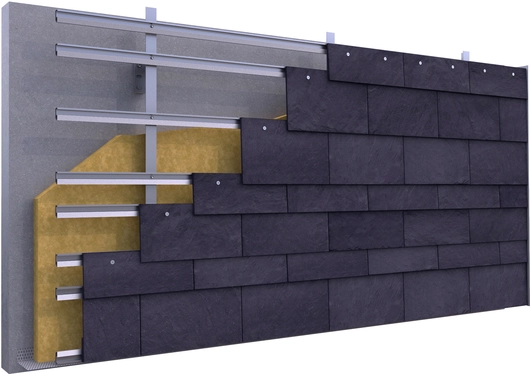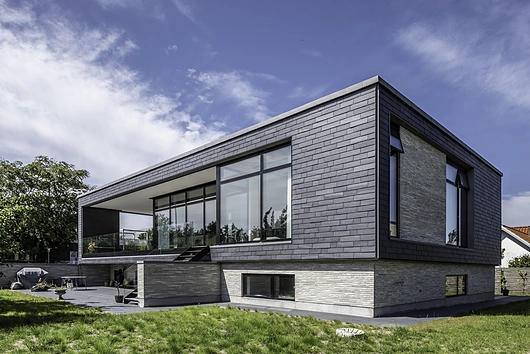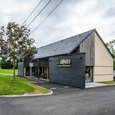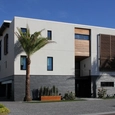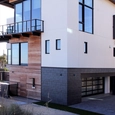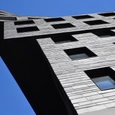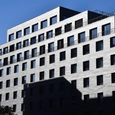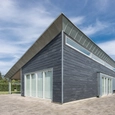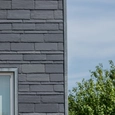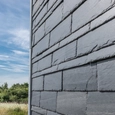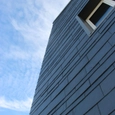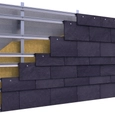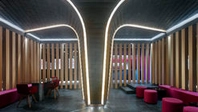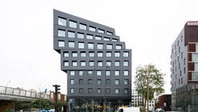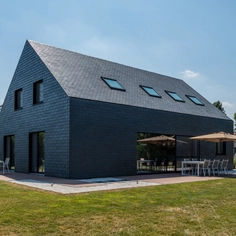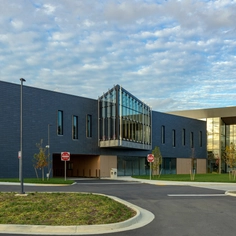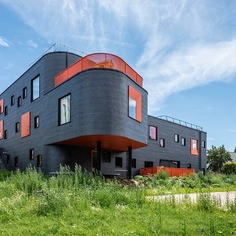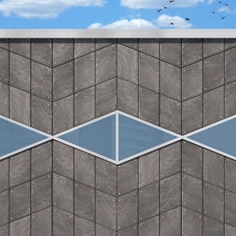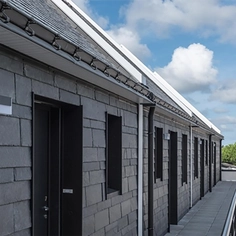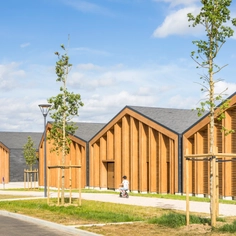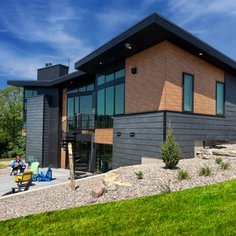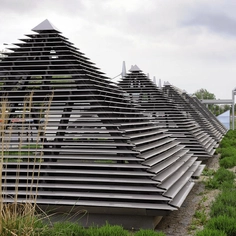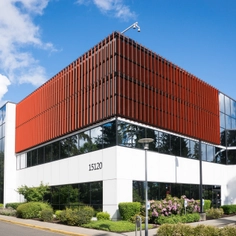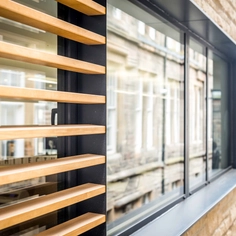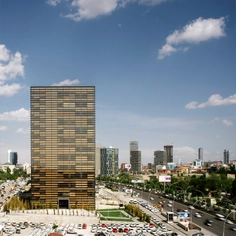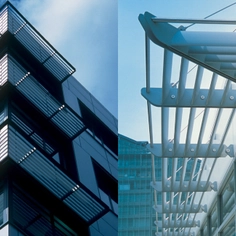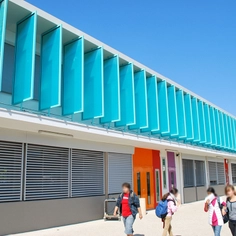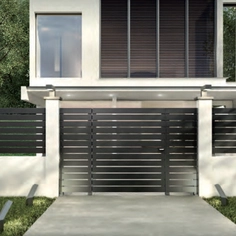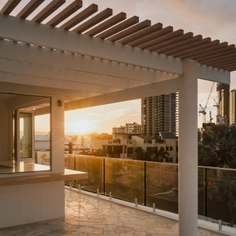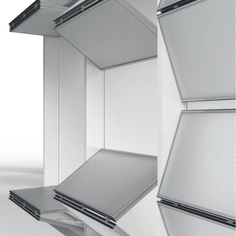The CUPACLAD® 101 RANDOM rainscreen cladding system revolutionizes natural slate cladding installation by combining different slate sizes to generate a dynamic, creative composition.
Characteristics
The CUPACLAD® 101 RANDOM system is made up of 50x25, 50x20 and 50x15 cm slates installed horizontally with concealed screws. Cupa Pizarras CUPACLAD® 101 systems use self-drilling stainless steel screws with large diameter flat heads, specially selected by our engineers to guarantee perfect fixing and to reduce installation times.
The screws enable you to install various shapes and sizes of slates and are totally concealed behind the slates in the row above, allowing the natural slate to shine out on its own.
| Slate size | 50x25 cm (20”x10”) / 50x20 cm (20”x8”) /50x15 cm (20”x6”) |
| Nominal Thickness | 7,65 mm - 1/4” - 3/8” |
| Number of slates/m2 | ± 15 |
| Weight/m2 (slate) | ≤30 kg/m² - ≤ 6,14 lb/ft2 |
Main Advantages
- Elimination of Humidity
- Structural movement reduction
- Energy savings
- Durability
Sustainability
CUPACLAD® systems enable the construction of efficient, sustainable rainscreen cladding. A life cycle analysis, which allows you to analyze the overall environmental impact of a product, confirms CUPACLAD® as the ecological option for facade cladding, thanks to the use of natural slate instead of prefabricated products.
Installation
CUPACLAD® reinvents the traditional technique for placing natural slate, offering greater simplicity and significant savings in installation times. The fixing systems used in CUPACLAD® systems are the result of a meticulous design process performed by our engineers and these were specially designed to ensure a quick, secure installation.
Efficiency
Now considered the most efficient system for construction envelope purposes. The combination of a ventilated system together with an insulation system gives numerous advantages in terms of thermal and acoustic properties. It avoids thermal bridges and condensation issues.
Quality
The quality of Cupa Pizarras product lies in their total control of the entire production process (from extraction to shipment) and by putting in place the highest quality and environmental policy requirements demanded by ISO 9001 Quality and ISO 14001 Environmental certifications.


